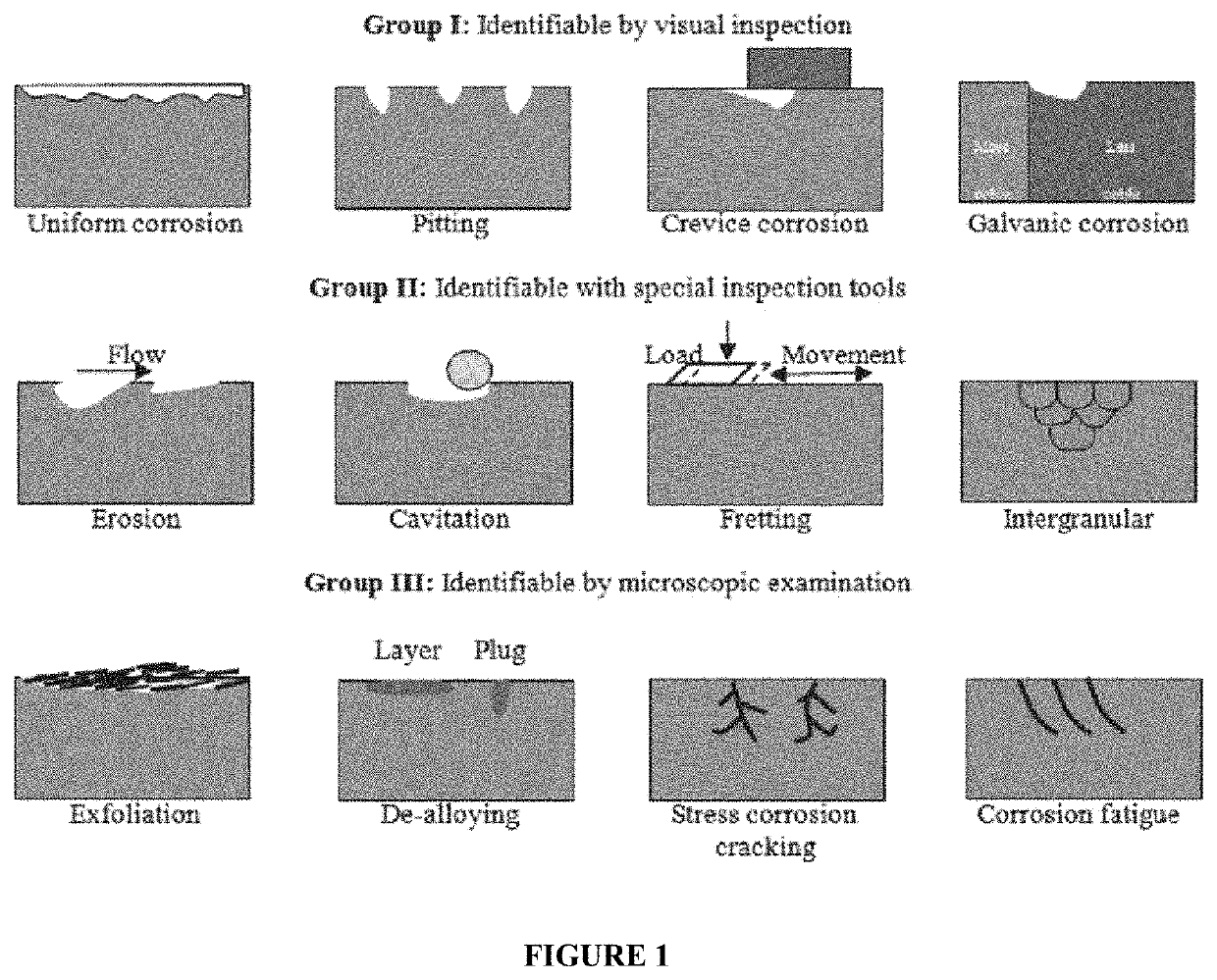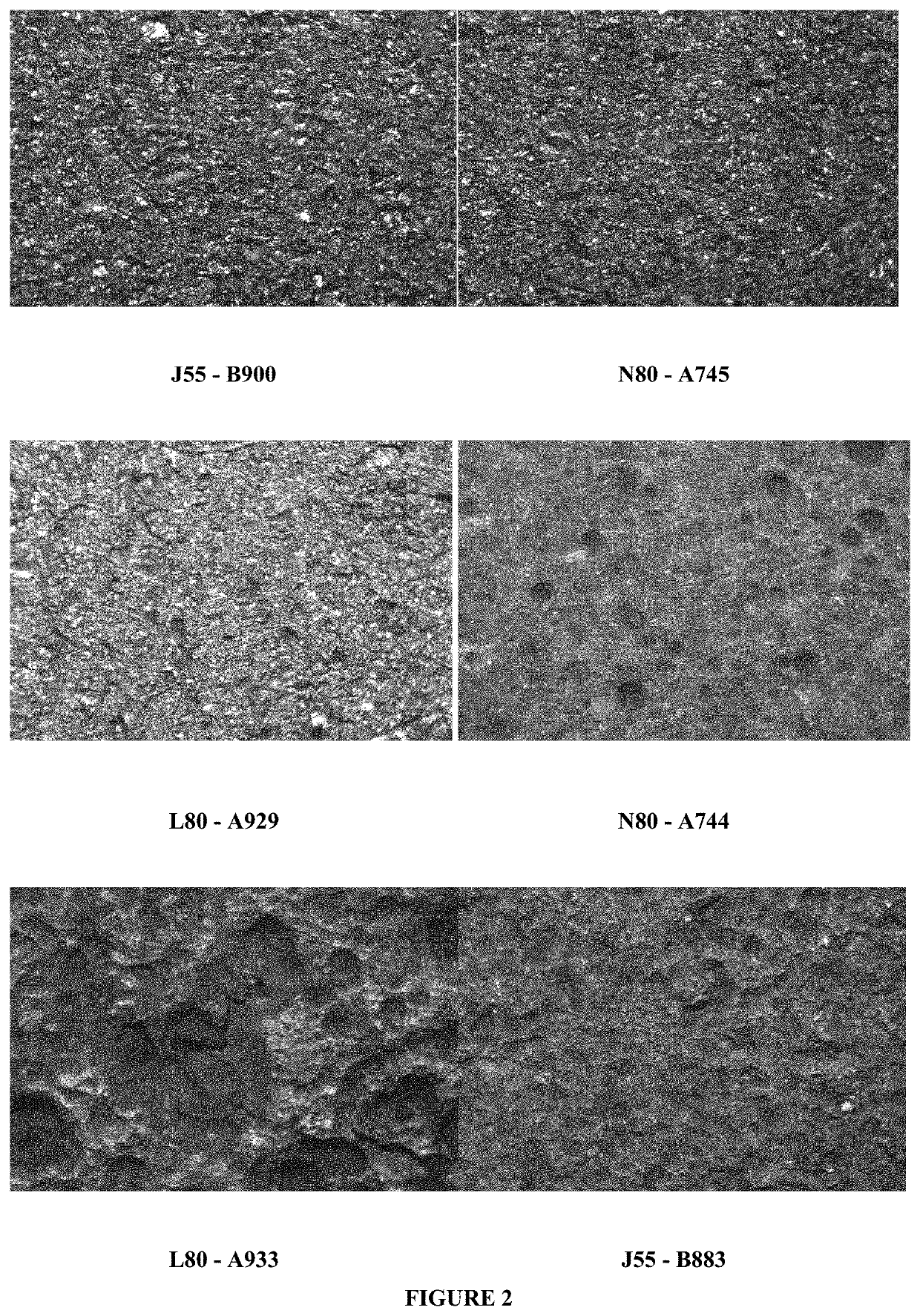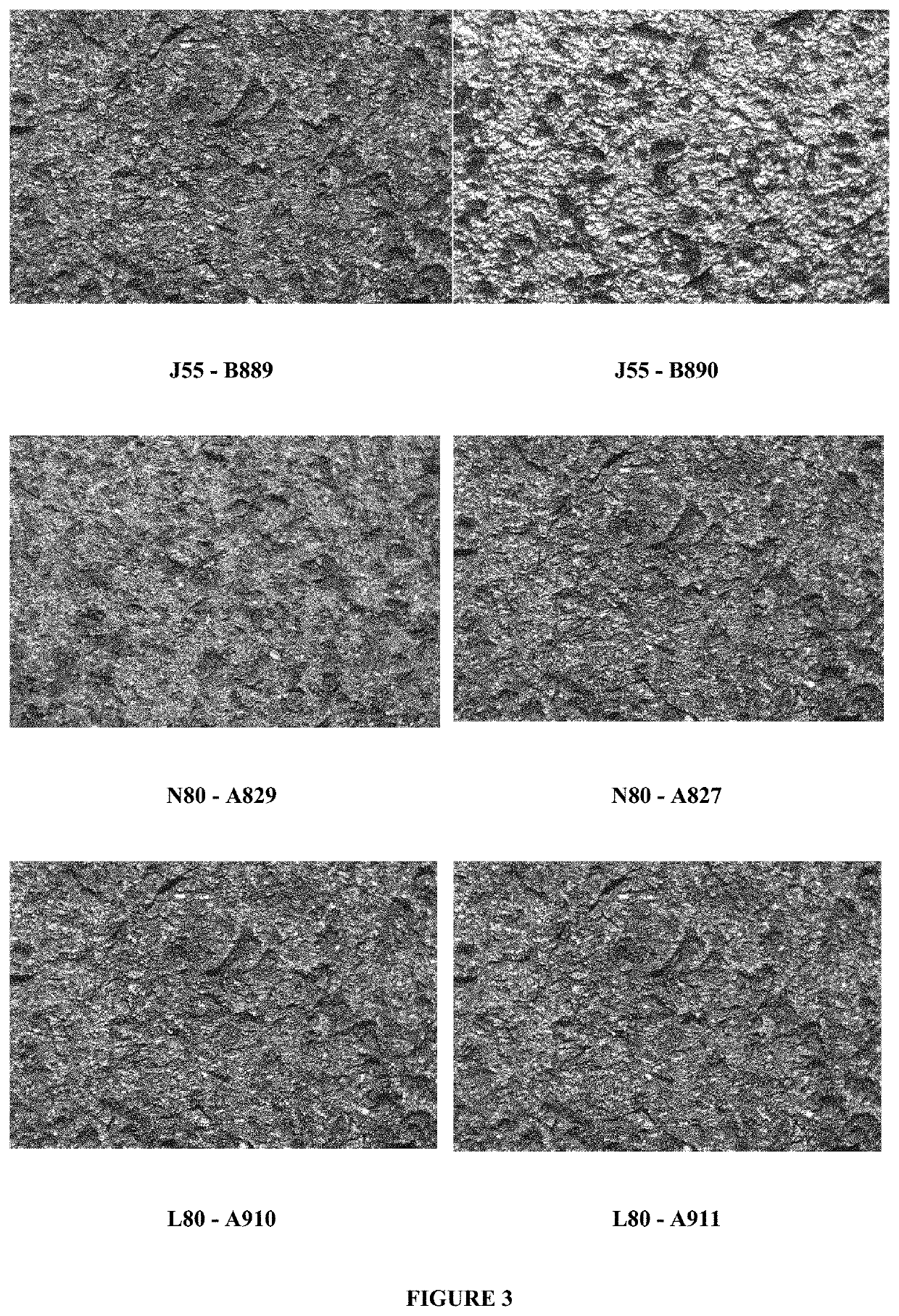Some of the major challenges faced in the oil &
gas industry from using
hydrochloric acid include the following: extremely high levels of corrosion (which is countered by the addition of ‘filming’ type corrosion inhibitors that are typically themselves toxic and harmful to humans, the environment and equipment) reactions between acids and various types of metals can vary greatly but softer metals, such as aluminum and
magnesium, are very susceptible to major effects causing immediate damage.
The inherent environmental effects (organic
sterility, poisoning of
wildlife etc.) of acids in the event of an unintended or accidental release on surface or downhole into water aquifers or other sources of water are devastating which can cause significant
pH reduction of such and can substantially increase the
toxicity and could potentially cause a
mass culling of
aquatic species and potential poisoning of humans or
livestock and
wildlife exposed to / or drinking the water.
This is a common event at large storage sites when tanks split or leak.
Typically, if near the public, large areas need to be evacuated post event and a comprehensive, expensive to implement,
emergency evacuation plan need to be in place prior to approval of such storage areas.
The inability for acids and blends of such to biodegrade naturally without neutralizing the soil results in expensive cleanup-reclamation costs for the operator should an unintended release occur.
Moreover, the toxic fumes produced by mineral & some organic acids are harmful to humans / animals and are highly corrosive and / or produce potentially explosive vapours.
Transportation and storage requirements for acids are restrictive and taxing in such that you must haul the products in acid approved tankers or intermediate bulk containers (IBC) that are rated to
handle such corrosive products.
As well, the dangers surrounding
exposure by personnel handling the blending of such corrosive / dangerous products limits their use / implementation.
Another concern is the potential for
exposure incidents on locations due to high corrosion levels of acids causing storage container failures and / or deployment equipment failures i.e.
coiled tubing or fracturing iron failures caused by high corrosion rates (pitting, cracks, pinholes and major failures).
Other concerns include: downhole equipment failures from corrosion causing the operator to have to execute a work-over and replace down hole pumps, tubing, cables, packers etc.
; inconsistent strength or
quality level of mineral & organic acids; potential supply issues based on industrial output levels; high levels of corrosion on surface pumping equipment resulting in expensive repair and maintenance levels for operators and service companies; the requirement of specialized equipment that is purpose built to pump acids greatly increasing the capital expenditures of operators and service companies; and the inability to source a finished product locally or very near its end use; transportation and onsite storage difficulties.
When used to treat scaling issues on surface due to water
contamination, conventional acids are exposed to human and
mechanical devices as well as expensive pumping equipment causing
increased risk for the operator and corrosion effects that damage equipment and create hazardous fumes.
When mixed with bases or higher pH fluids, acids will create a large amount of
thermal energy (
exothermic reaction) causing potential safety concerns and equipment damage, acids typically need to be blended with
fresh water (due to their intolerance of highly
saline water, causing potential
precipitation of minerals) to the desired concentration requiring companies to pre-blend off-site as opposed to blending on-site with field /
produced water thereby increasing costs associated with transportation.
Conventional mineral acids used in a
pH control situation can cause rapid degradation of certain polymers / additives requiring increased loadings or chemicals to be added to counter these negative effects.
Many offshore areas of operations have very strict regulatory rules regarding the transportation / handling and deployment of acids causing increased liability and costs for the operator.
When using an acid to pickle tubing or
pipe, very careful attention must be paid to the process due to high levels of corrosion, as temperatures increase, the typical additives used to control corrosion levels in acid systems begin to degrade very quickly (due to the inhibitors “plating out” on the steel) causing the acids to become very corrosive and resulting in damage to downhole equipment / tubulars.
Conventional acids are also very destructive to most elastomers found in the oil &
gas industry such as those found in
blow out preventers (BOP's) / downhole tools / packers / submersible pumps / seals etc.
Having to deal with
spent acid during the back-flush process is also very expensive as these acids typically are still at a low pH and remain toxic.
The associated dangers that come with using mineral acids are
expansive and tasking to mitigate through controls whether they are chemically or mechanically engineered.
The use of certain acids such as MSA results in
pitting corrosion rather than uniform corrosion as is the case with HCl, for example.
Pitting is considered to be more dangerous than uniform corrosion damage because it is more difficult to detect, predict and design against.
There are several reasons why
pitting corrosion is difficult to predict or to design against.
Apart from the localized loss of thickness, corrosion pits can also be harmful by acting as stress risers.
As mentioned above,
pitting corrosion is a very dangerous form of
acid corrosion, as the overall
mass loss (lb / ft2 or mm / year) is still low, but due to the focused corrosion at a few spots there is a creation of weak points in the
metal.
These weak points, caused by the pits, can lead to a catastrophic material failure.
Methanesulfonic acid (MSA) at high temperatures (130° C. and higher) tends to result in pitting corrosion, much more than mineral acids such as HCl.
Commercially available corrosion inhibitors cannot properly control / limit / minimize pitting done by
exposure of steel to MSA.
These high concentrations of KI required do not allow these corrosion inhibitors to be used in a comprehensive manner.
Moreover, higher temperatures than 150° C. cannot be employed.
Eliminating or even simply reducing the negative effects of acids while maintaining their usefulness is a struggle for the industry.
Offshore oil and gas operations are highly regulated due to the environmental concerns which arise from their operations and the potential for spills.
The complexity of drilling and completing offshore wells is compounded by both safety issues for workers on such offshore oil rigs and production platforms as well as environmental concerns.
In order to overcome these very restrictive regulations, many oil companies employ very costly containment programs for the handling of certain chemicals such as acids which have a wide array of uses in the industry of oil and gas exploration and production.
Many of the issues related with
offshore oil and gas exploration and production stem from the fact that the conditions under which this is carried out are substantially different than those encountered in the same types of operations carried out onshore.
At these temperatures, their reactivity is exponentially increased and, as such, their effectiveness or even their ability to be utilized is greatly decreased.
Corrosion is the major concern at high temperatures and is difficult and expensive to control with additional
chemistry.
However, it has been found that at temperatures above 90° C. the
urea component in a synthetic or modified acid containing such compound tends to ultimately decompose to
ammonia and
carbon dioxide.
Additionally, there is the risk of
wellbore and / or formation damage due to uncontrolled solubilized mineral
precipitation due to an increase in the pH caused mainly by the formation of
ammonia during the
decomposition phase.
However, ultimately at these higher temperatures it is most often necessary to utilize additional or purpose developed corrosion inhibition packages and / or components to control corrosion of exposed steel.
In that respect, even
short exposure times at high temperature are more damaging to steel than longer exposure times at lower temperatures.
 Login to View More
Login to View More 


